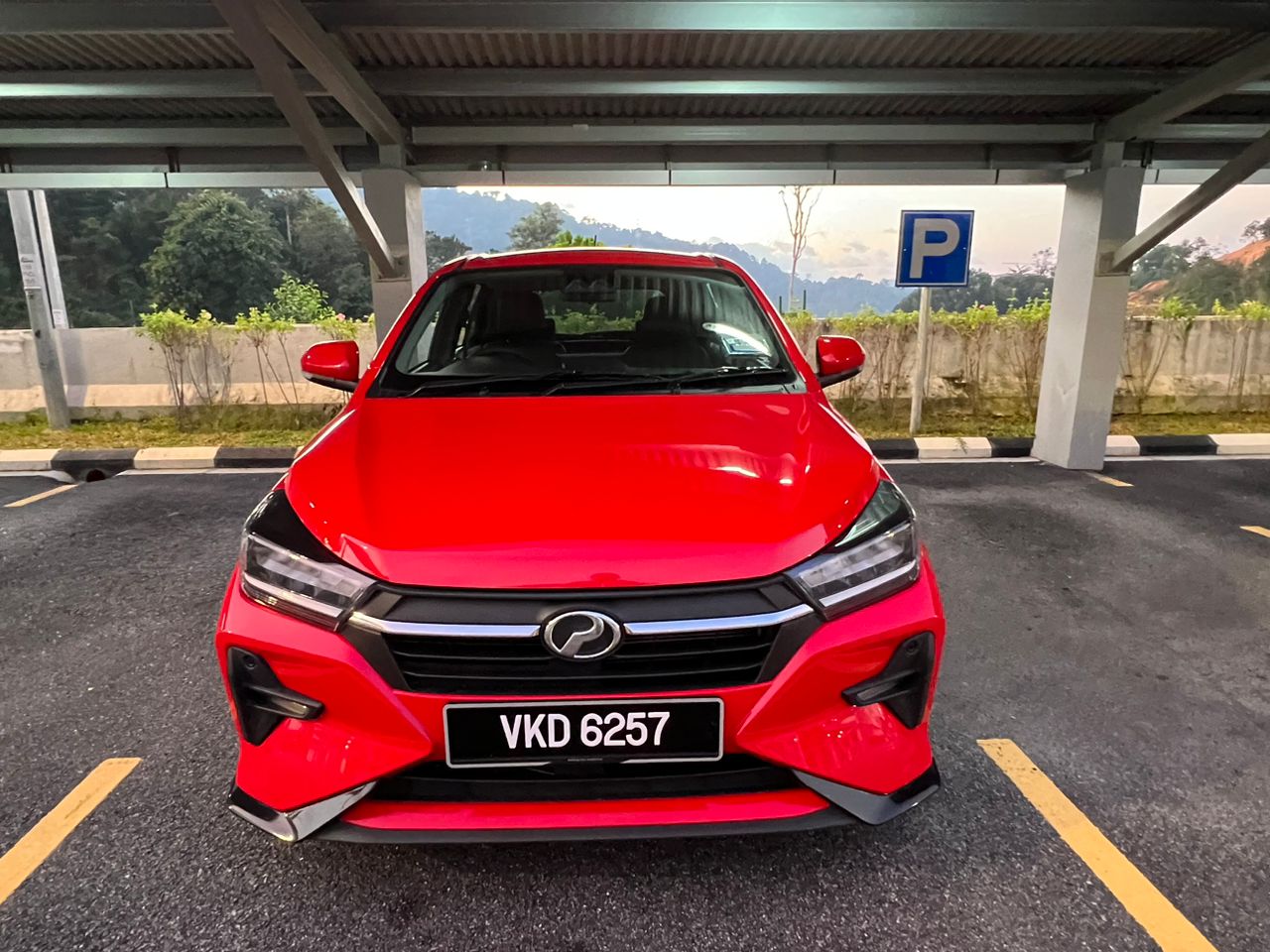Space, stability, security and safety in a smart suit.
Malaysia’s entry-level car has grown dimensionally and in maturity well beyond the offerings of the first Axia, Viva and the prehistoric Kancil.
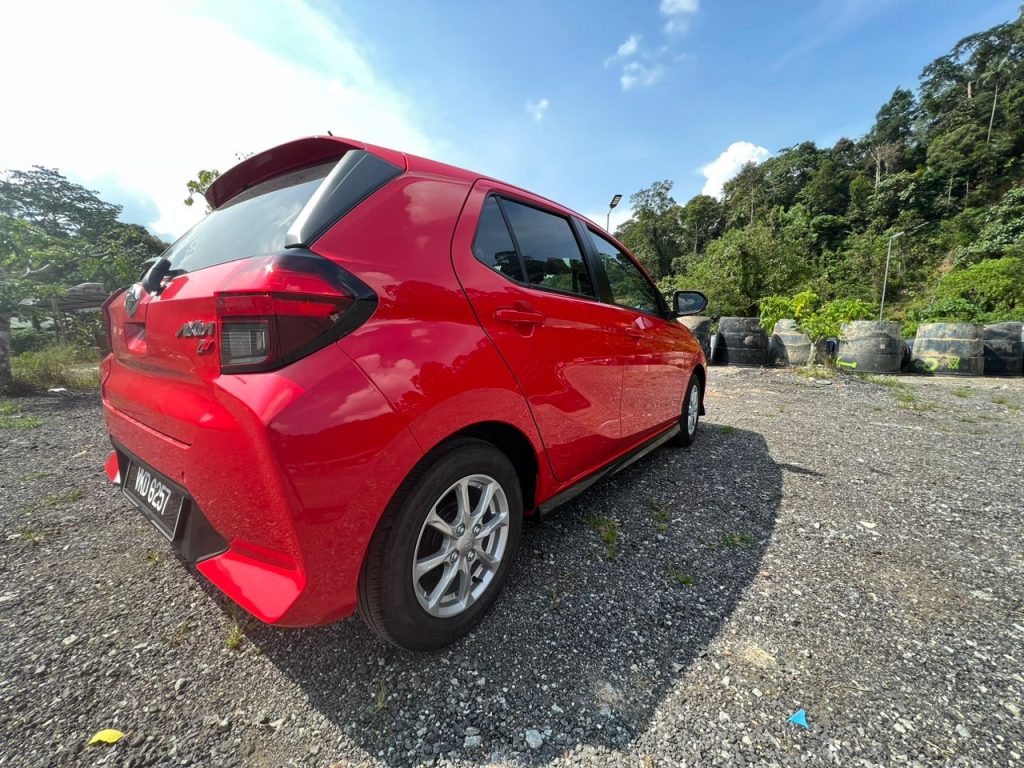
The collaboration of Japanese, Indonesian and Malaysian partners from Toyota, Daihatsu and Perodua have given us an entry-level car that encroaches into the B-segment class with amazing space and advanced safety features.
The new Dual-mode Continuously Variable Transmission (DCVT) is innovative and besides the fixed gear ratios at higher speeds, it even has a lower B (Bukit?) throttle application for engine braking.
The toggle between D and S settings means a gain of 1,000rpm and the sprightliness is accompanied by louder mechanical noises.
There is little of the rubberband effect unless one goes pedal-to-the-metal and the transmission is truly a step up from the archaic four-speed torque converter found in the first Axia.
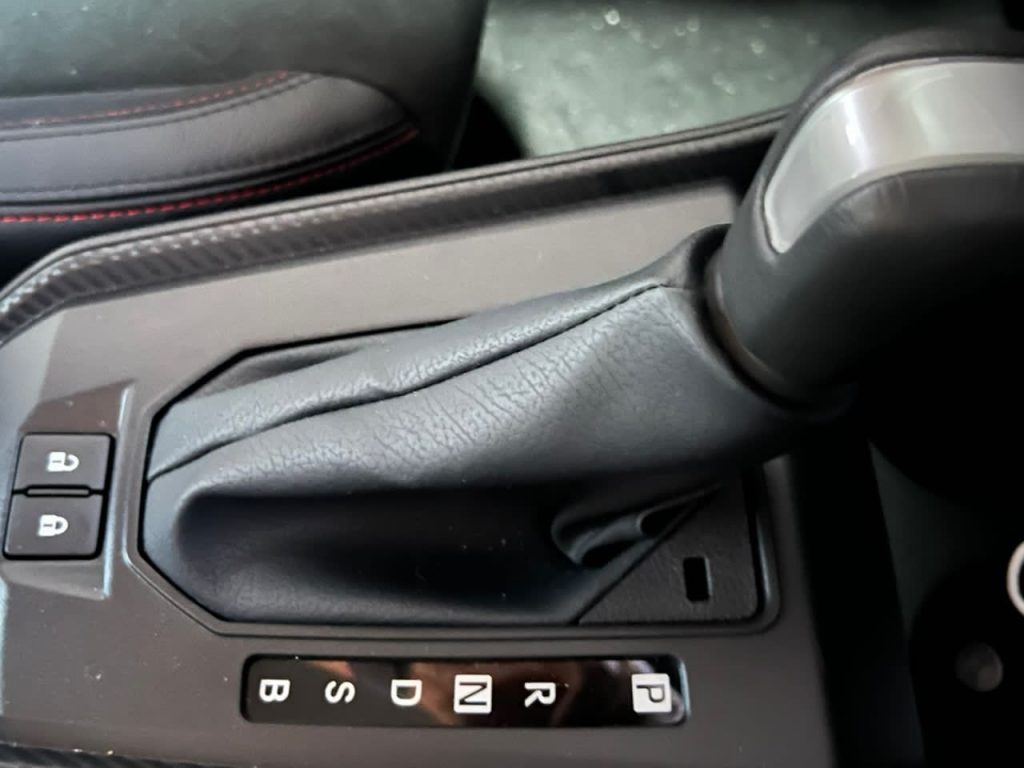
The engine remains the same; can either assume it is the heights of power development and is well matched to the gearbox or that resources had been limited after the extravaganza of chassis refinement and safety features.
The interior rivals that of cars in a higher segment and accommodates five adults albeit at a squeeze. The boot is much the same and there are no split rear seats which fold down as an entire unit to serve its hatchback functionality.
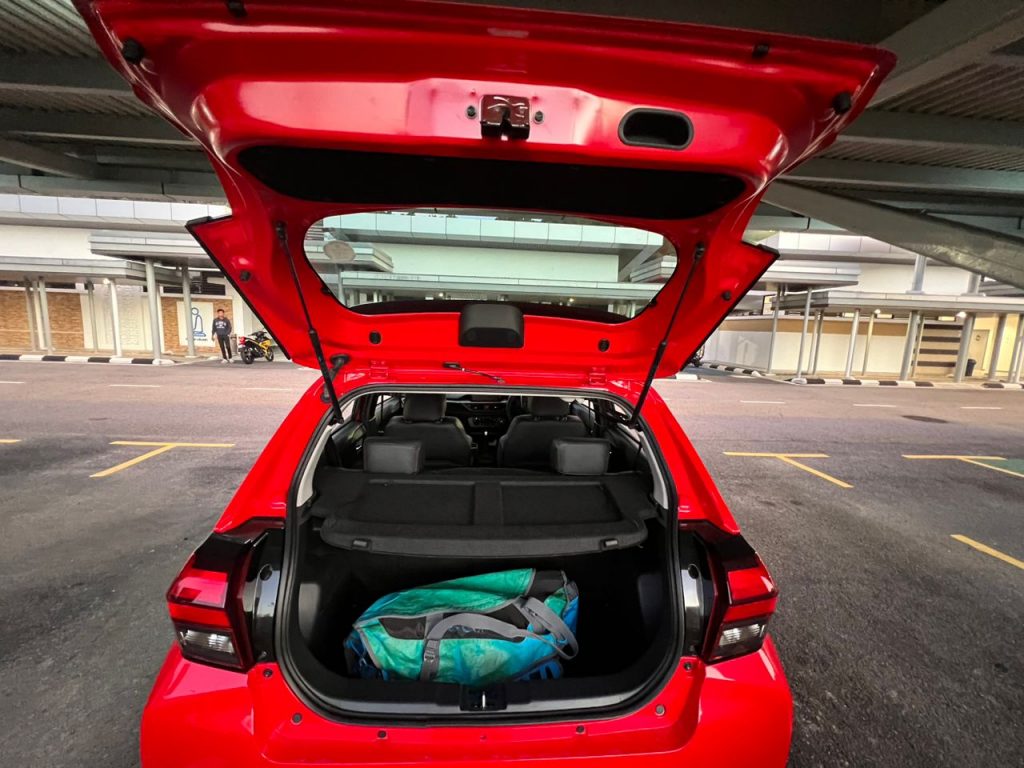
The highlights are the advanced safety and driving aids and the whole spectrum of Perodua’s Advanced Driver Assist Systems (ADAS) is in full bloom. The “nanny-ness” was rather overdone and some of the sensors were irked by over-sensitivity. Using a common alert tone for Blind spot or lane watch can be confusing.
Great as an urban commuter and perhaps for some “zoned-out” driving occasions, this is not suited for a hard-charging driver.
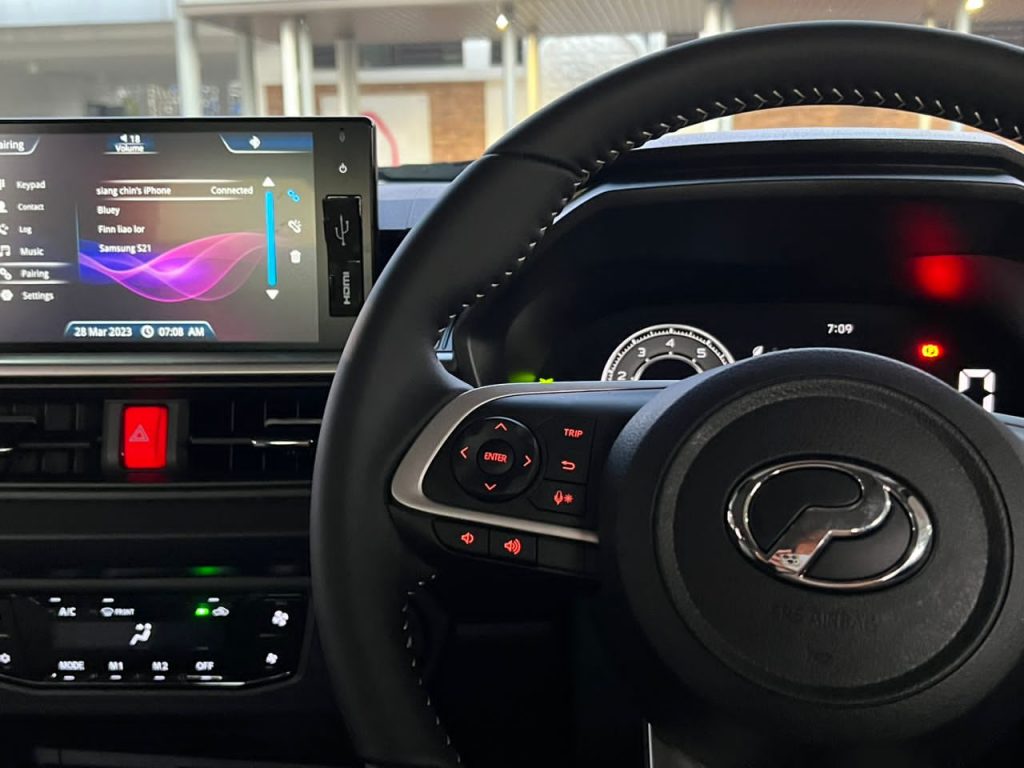
The ride quality of this hatchback is firm yet reassuring, allowing it to go around corners well, and on both uphill and downhill sections, it will even surprise fans of German marques. This may not be so comforting to drivers and passengers in the conveyance mode rather than enthusiastic needs.
There are lots to be surprised about in the new Axia and one should take every opportunity to sample its delights and consider it as a perfect urban car but as an upgrade from a “Kapcai”, that’s a big ask.
The caveat here is that only the range-topper has all the features and costs almost RM50,000. That’s 100%-more than the base Axia first-generation – albeit with a manual transmission. The other variants make do with lesser features and still cost almost RM40,000.
In an ideal world (at least in mine), the Axia would have been endowed with a turbocharged engine to better exploit its chassis while being priced around the RM30,000 range while featuring a five-speed manual transmission and disc brakes all-round. Axia 2.5?
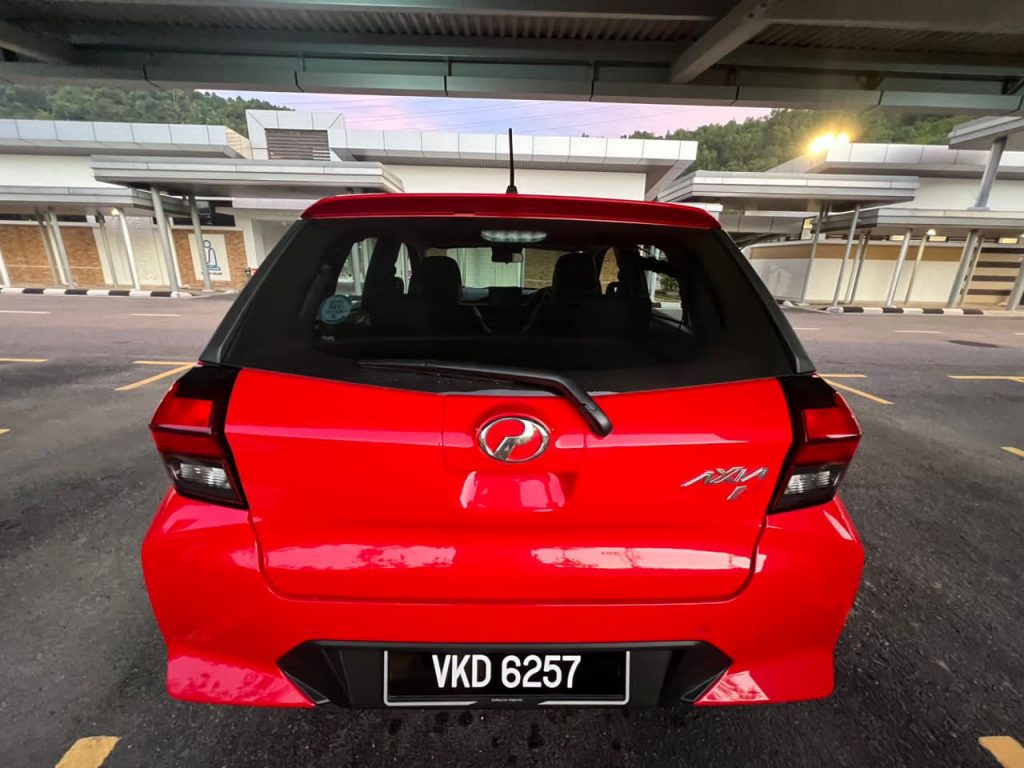
Back to reality and the second iteration of the Axia is a worthy testament to Perodua’s abilities as a carmaker and it would be no surprise if it’s found on the short-list of many car buyers.
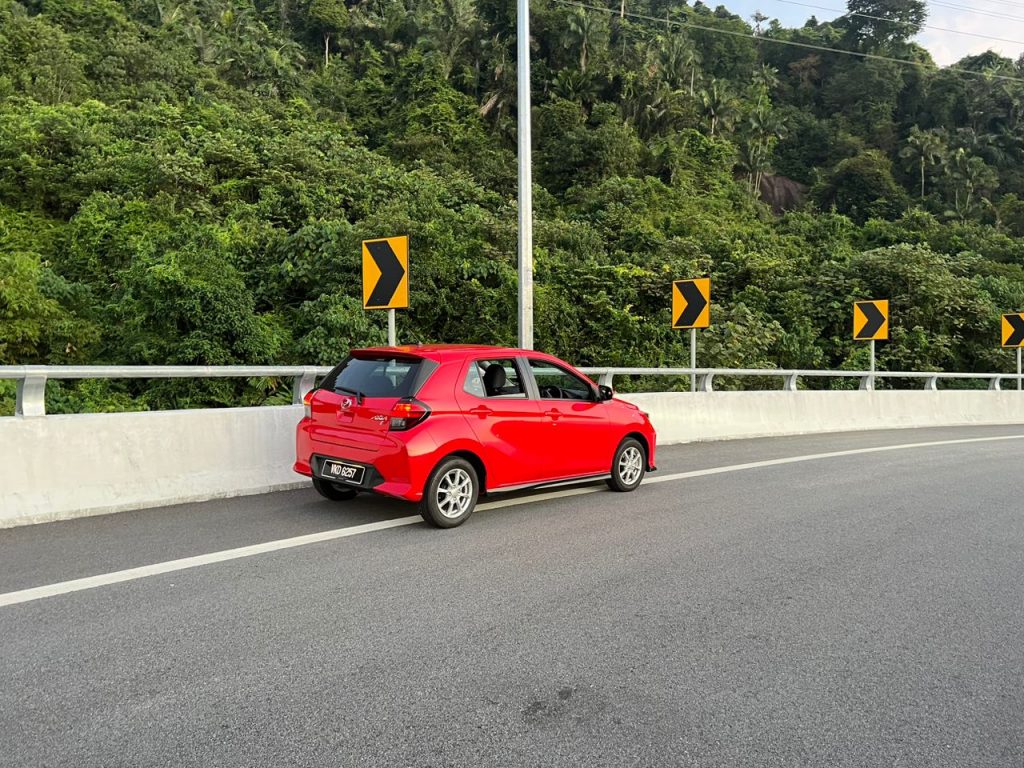
About the Author:
KoolKarKat is one of the jurors on the panel of the Car of the Year Awards jointly organised by the Malaysia Automotive Robotics Internet of Things Institute (MARii) and Cars Bikes Trucks Media Sdn Bhd.

